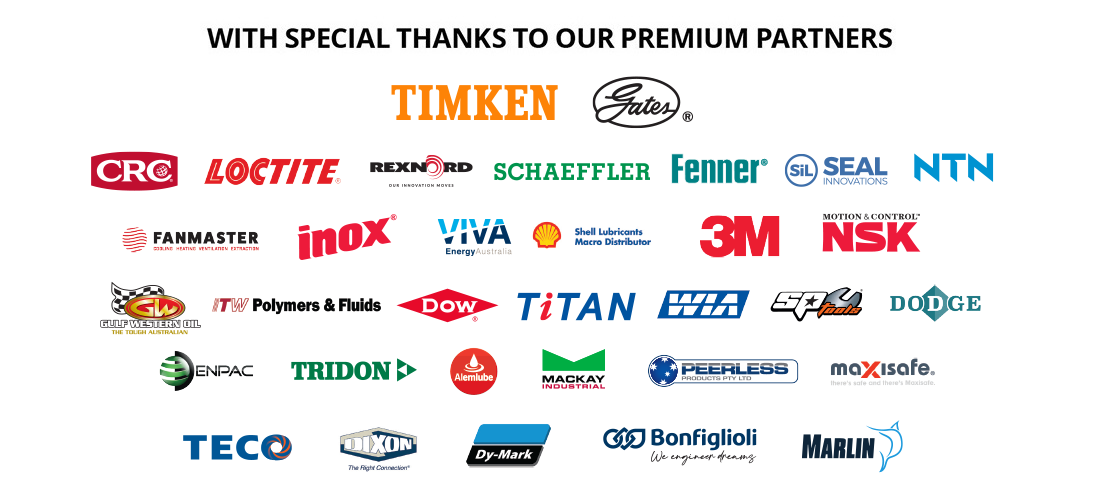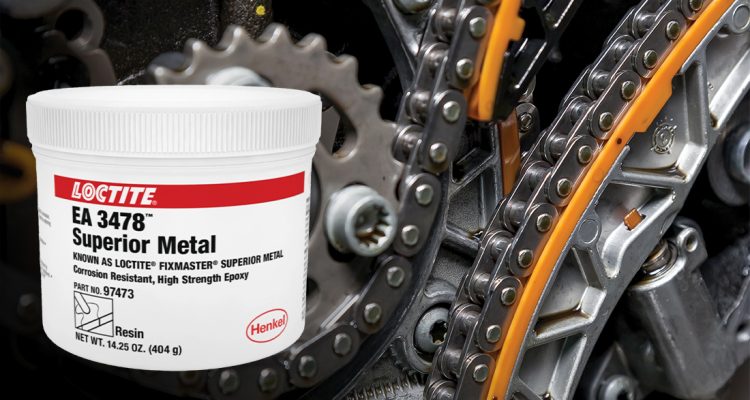When a shaft has broken down due to wear from mechanical or corrosive impact and there is not enough time or money to replace it, there is a solution that can be applied says CBC adhesives and sealants expert, Michael Rowe.
“LOCTITE® EA 3478 Superior Metal is a great repair product for metal surfaces, particularly in instances where it is not viable to replace the shaft and you need to get it back into service as soon as possible,” explains the CBC Product Manager, who has worked with LOCTITE products for over 13 years. “It’s not uncommon for industrial businesses to experience a worn shaft – it can come as a result of wear from bearings slipping, or a worn keyway – and it’s expensive and time-consuming to replace. This product will help rebuild the surface of the metal shaft to bring it back to tolerance.”
Extremely resistant to corrosion, chemical attack and abrasion, LOCTITE® EA 3478 is a two-part, ferro-silicon filled epoxy resin system. It not only restores worn shafts but is ideal for rebuilding various metal parts and machinery.
“This particular solution, also known as LOCTITE® Fixmaster Superior Metal, is superior in its adhesive abilities as well as machinable,” says Michael. “Importantly, it’s been specifically designed for these kinds of situations where your equipment needs to be back in service quickly. In most scenarios you can apply the product and have it back in service within 24 hours.”
The superior adhesive quality is in part due to the ferro-silicon which provides outstanding compression strength. Besides restoring tolerances to worn shafts, it can also be used to repair keyways and damaged housings.
“It rebuilds bearings, clamp connections, tensioning elements, gear wheels and bearing seats. It can also be used to pit surfaces,” Michael elaborates. “There are so many applications in the manufacturing space where it is incredibly useful. Anywhere you’ve got metal machinery in motion where it is interacting or rubbing against other metal, you’ll get wear. This product can help rebuild and bring that surface back to a point where you don’t have a problem with the metal-to-metal movement.”
Shaft repair is the most common application example for this product and the steps for product use are easy to follow. As the leading suppliers of LOCTITE® products, Michael encourages readers to get in touch with their local CBC branch if they have a question about a metal repair application.
“Our staff are highly skilled and knowledgeable about these products and can also draw on the expertise of Henkel in situations that require a more technical consultation,” he concludes. “We can also share ‘how to’ video content and technical data sheets, all of which have easy to follow instructions for the product use.”
Technical Tips for Working With Epoxies
Environmental Conditions:
• Relative humidity: <85%
• Ambient temperature: >15°C (60F) and rising
• Substrate temperature must always be 3°C (7F) higher than the dew point to avoid condensing moisture on parts.
Working time and cure depends on temperature and mass:
• The higher the temperature, the faster the cure.
• The larger the mass of material, the faster the cure.
To speed the cure of epoxies at low temperatures:
• Store epoxy at room temperature or warm resin/hardener component(s) prior to mixing. Never use open flame.
• Pre-heat repair surface until warm to the touch.
• Tent working area to achieve suitable environmental conditions.
To slow the cure of epoxies at high temperatures:
• Store epoxy at room temperature or cool resin/hardener component(s) prior to mixing.
• Work during cool, morning hours and shade area from direct sun

